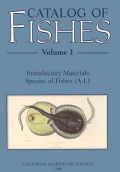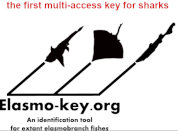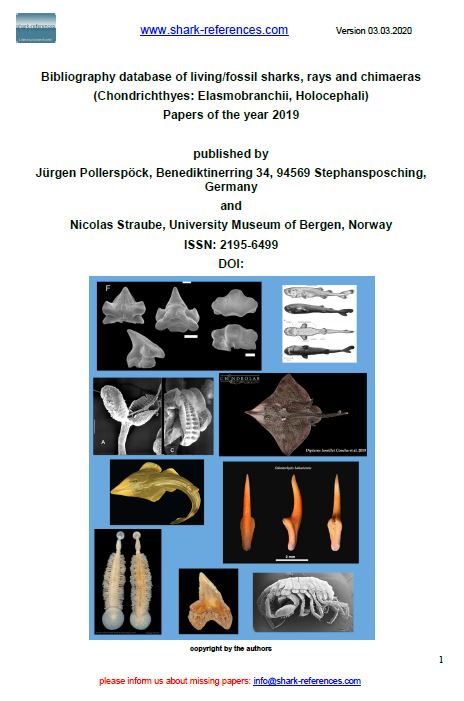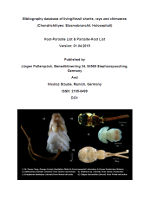
Warming waters lead to increased habitat suitability for juvenile bull sharks (Carcharhinus leucas). Scientific Reports, 14(1), Article 4100
DOI: 10.1038/s41598-024-54573-0
Long-term effects of climate change on juvenile bull shark migratory patterns. Journal of Animal Ecology, 93(10), 1445–1461
DOI: 10.1111/1365-2656.14140

Trophic partitioning among seasonally resident predators in a temperate estuary. Marine Ecology Progress Series, 721, 119–133
DOI: 10.3354/meps14422

Assessing the catch efficiency of predators in the presence of prey using experimental gillnets in a temperate estuary. Fisheries Research, 253, Article 106383
DOI: 10.1016/j.fishres.2022.106383

New insights into the trophic ecology of blacktip sharks (Carcharhinus limbatus) from a subtropical estuary in the western Gulf of Mexico. Journal of Fish Biology, 98(2), 470–484
DOI: 10.1111/jfb.14592
Grow fast, die young: Does compensatory growth reduce survival of juvenile blacktip sharks (Carcharhinus limbatus) in the western Gulf of Mexico? Ecology and Evolution, 11, 16280–16295
DOI: 10.1002/ece3.8311

Does proximity to freshwater refuge affect the size structure of an estuarine predator (Carcharhinus leucas) in the north-western Gulf of Mexico? Marine and Freshwater Research, 71(11), 1501–1516
DOI: 10.1071/MF19346

Community structure of elasmobranchs in estuaries along the northwest Gulf of Mexico. Estuarine Coastal and Shelf Science, 204, 103–113
DOI: 10.1016/j.ecss.2018.02.023

A global perspective on the trophic geography of sharks. Nature Ecology & Evolution, 2, 299–305
DOI: 10.1038/s41559-017-0432-z

Factors shaping the co-occurrence of two juvenile shark species along the Texas Gulf Coast. Marine Biology, 164(6), Article 141
DOI: 10.1007/s00227-017-3173-2
Feeding ecology of three coastal shark species in the northwest Gulf of Mexico. Marine Ecology Progress Series, 550, 163–174
DOI: 10.3354/meps11723

















